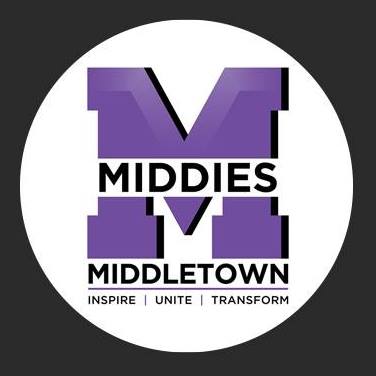Amanda Elementary News
Journal-News: Butler County officials react to school voucher program changes

Butler County officials react to school voucher program changes
December 2, 2020
By Michael D. Clark, Journal-News Staff Writer
Recent actions to create an expanded EdChoice private school voucher law in Ohio has left area public school leaders surprised and disappointed.
The new law, which was passed quickly by both the Ohio House and Senate last week, was done so without proper opportunities for public school officials to speak on what they say are the many financial disadvantages for Ohio’s school districts, local school leaders said.
Many supporters of public district schools say taxpayer money shouldn’t go to private schools. They argue that Ohio’s existing voucher funding system disproportionately hurts low-income public schools, making them less able to effectively serve the students who remain.
Voucher advocates say the state should be championing school choice and supporting the ability of individual families to find the school that works best for them.
“Obviously, I am disappointed in any law that expands the use of voucher programs,” said Fairfield Schools Superintendent Billy Smith, who along Hamilton’s Mike Holbrook and Middletown’s Marlon Styles Jr. led a rare public meeting earlier this year against broadening EdChoice’s program.
“I am also deeply disturbed with the timing and manner in which this played out. We are in the middle of a global pandemic, and public-school employees are working around the clock to stay open for our students and families. I just cannot believe that elected officials decided to push this law through in a matter of 36-48 hours.”
Under the program, students from kindergarten through high school can get taxpayer-funded vouchers (EdChoice scholarships) to pay for private school tuition if they are in one of two categories, students from low-income families, or students whose home public schools are deemed underperforming.
The bill approved last week will make children from middle-income families eligible. It raises the household income cap from 200 percent of the federal poverty level to 250 percent. That would mean an annual household income of $65,500 for a family of four, up from $52,400. A voucher provides a student up to $4,650 per year for K-8 private school, and $6,000 for grades 9-12.
But much debate is over the definition of an underperforming school where students should be eligible for vouchers.
Students who receive school-performance-based vouchers in a given year remain eligible in future years, even if their home public school is no longer labeled underperforming. Catholic schools are by far the largest recipient of voucher students locally.
The Ohio School Boards Association and the Ohio Education Association teachers’ union ripped the new voucher bill both on substance, and on the sudden vote that occurred without committee hearings.
“This harmful plan will continue to siphon locally voted tax dollars away from students in public schools and send them to unaccountable private schools,” OSBA said in a statement.
Middletown Schools Treasurer Randy Bertram described the expanded EdChoice as “a disservice to education.” The district’s obligation for vouchers would increase from 281 students to 586 students next year, he said. Many of those students never attended any Middletown public school.
“To say that our schools are not serving students - especially the 203 students who have never attended and did not plan to attend Middletown Schools - is untrue. We serve all students regardless of income, ability, handicap, color, race, religion. We accept, teach, grow, and advocate for every single one of the students who walk through our doors,” he said.
“It (EdChoice) creates an even larger divide between the haves and have nots, puts our neediest kids at greater disadvantage for success and our communities should be outraged.


